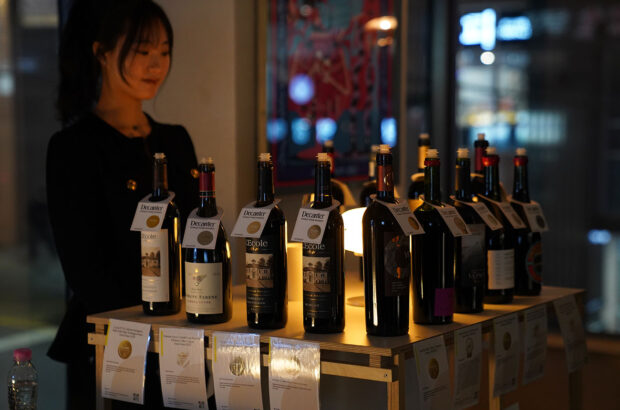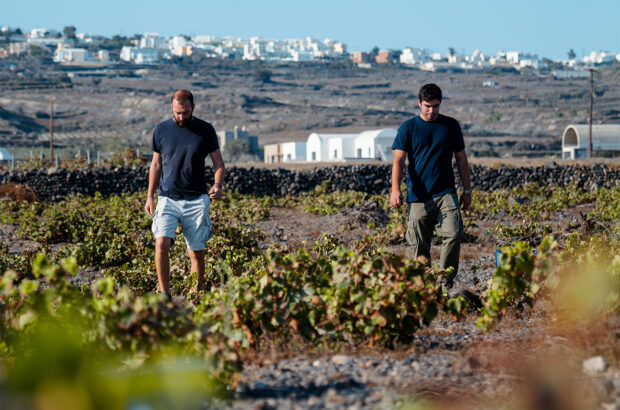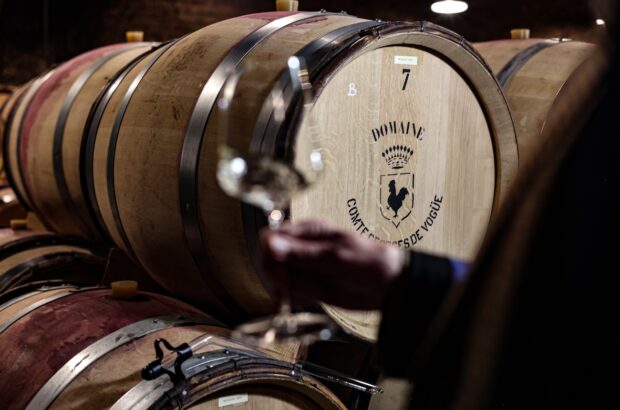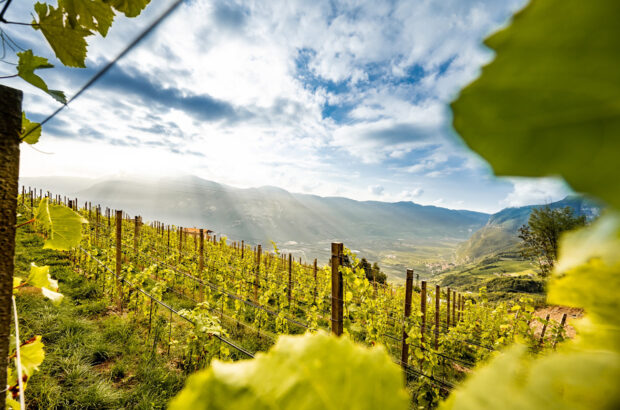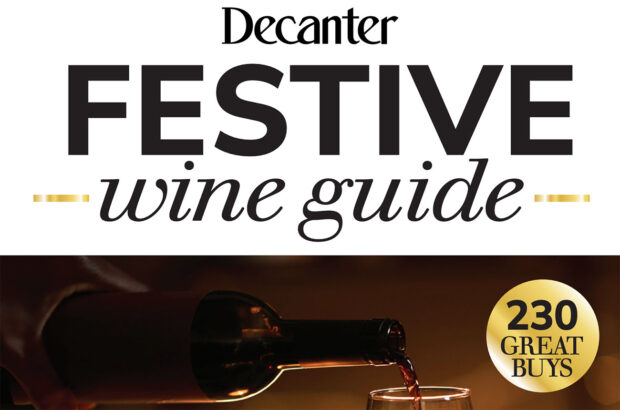Known collectively as ‘the three Bs’, Barolo, Barbaresco and Brunello di Montalcino are three of Italy’s most renowned wines.
Barolo and Barbaresco, from Piedmont, are made from Nebbiolo grapes and differ in their ageing requirements and location. Brunello di Montalcino, from Tuscany, is made from Sangiovese Grosso and has longer ageing requirements.
In this article we delve deeper into the trio’s differences and also explore winemaking traditions, trends like single vineyard wines and list key producers for each wine.
Of course, it’s purely coincidence that all three begin with the same letter, but it’s a neat way to group these top-tier reds.
Barolo and Barbaresco are both situated close together, in the Langhe area of Piedmont in northwest Italy. Made from the Nebbiolo grape – which is thought to be named after the fog, or ‘nebbia’, a common occurrence in the Langhe hills in the cooler months – the wines are most appreciated for their complex and ethereal aromas and flavours allied to structural tannins.
Brunello di Montalcino is based around the hilltop town of Montalcino, in the Tuscan province of Siena. The wine takes its name from the local term for the grapes grown here: known as ‘Brunello’, it was once thought to be a grape unique to the area but has since been proven to be a biotype of Sangiovese known as Sangiovese Grosso.
Traditionally, Barolo and Barbaresco demanded long cellaring before drinking, but these days many examples are made in a more approachable style.

Bottles of Barolo in Piedmont, northern Italy. Credit: E.J. Baumeister Jr. / Alamy
Barolo
Barolo consists of 11 villages, or ‘communes’ located to the southwest of the regional capital, Alba. The wines must undergo a minimum of 36 months of ageing, including at least 18 months in wooden barrels.
Large barrels made from chestnut or Slavonian oak were traditionally used, until the ‘modernist revolution’ of the 1980s and ’90s introduced French oak barriques and shorter macerations, which some producers favoured.
Today, there is no clear divide between traditionalist and modernist winemakers as there was in the past, and many use a selection of different sized barrels with little or no new oak.
Barolo producers to know: Bartolo Mascarello, Giuseppe Rinaldi, Aldo Conterno, Giacomo Conterno, GB Burlotto, Bruno Giacosa, E Pira e Figli
View Decanter’s Barolo wine reviews
Barbaresco
Barbaresco is a smaller zone, focused around four villages (‘communes’) to the northeast of Alba, close to the Tanaro river. The wines are typically more approachable in their youth than Barolo and so minimum ageing is 24 rather than 36 months, with at least nine months in wood stipulated.
Like Barolo, Barbaresco was influenced by the modernist movement but today, producers have assimilated the best of both philosophies to their advantage.
Barbaresco producers to know: Bruno Giacosa, Gaja, Roagna, Ceretto, Produttori del Barbaresco, Oddero
View Decanter’s Barbaresco wine reviews
Brunello di Montalcino
Brunello di Montalcino is an entirely different wine to Barolo and Barbaresco. It’s made from Sangiovese grown around the hilltop town of Montalcino in Tuscany. Minimum ageing is 48 months, including 24 months in wood.
Compared to the other key Sangiovese areas in Tuscany, Brunello di Montalcino typically has more richness and structure than Chianti, Chianti Classico and Vino Nobile di Montepulciano, combined with a ‘Burgundian’ elegance.
Brunello di Montalcino producers to know: Biondi-Santi, Case Basse di Gianfranco Soldera, Canalicchio di Sopra, Conti Costanti, Fuligni, Il Marroneto, Le Chiuse, Podere Giodo, Casanova di Neri, Le Potazzine
View Decanter’s Brunello di Montalcino wine reviews
Single-vineyard wines
One significant trend to note is the development of single-vineyard wines. These individual sites have developed ever-greater prominence in Barolo, a trend which is also present in Barbaresco.
The official specification of MGAs (similar to a ‘cru’) in both areas has helped to underline the impact of terroir on the expression of a wine.
Many producers release several different MGA wines from one vintage, as well as a ‘classic’ Barolo made from grapes from several different vineyard sites.
A similar recognition is beginning to happen in Montalcino, and although single-vineyard wines are released by some producers, there has yet to be any official designation of sub-zones or crus.



